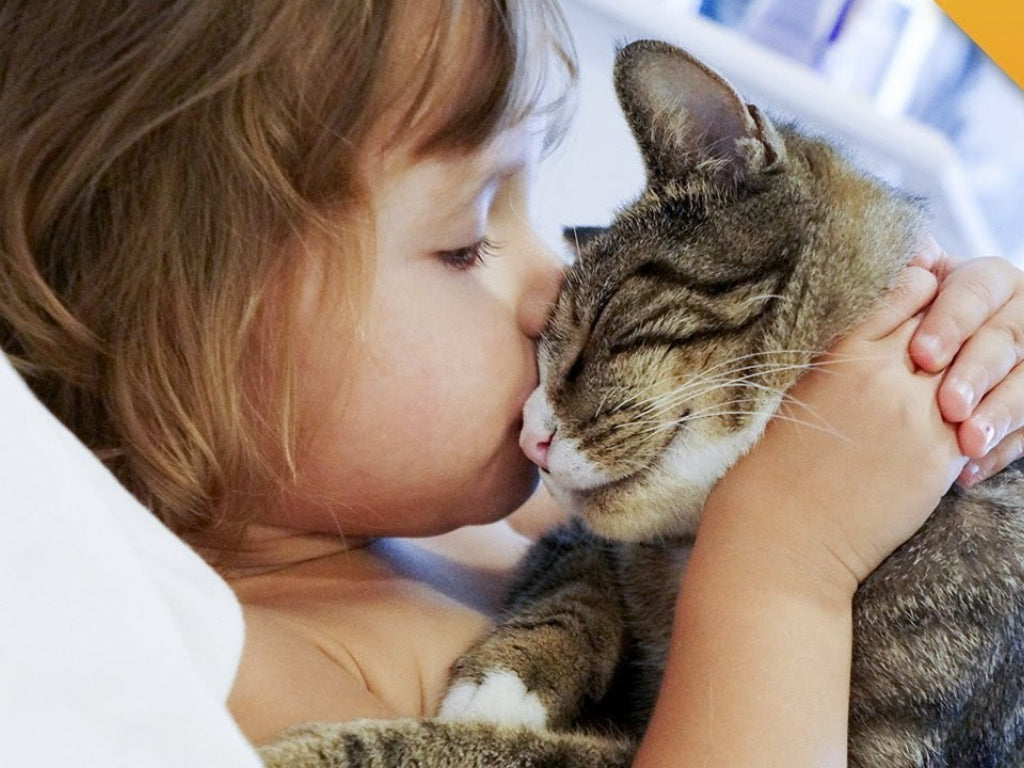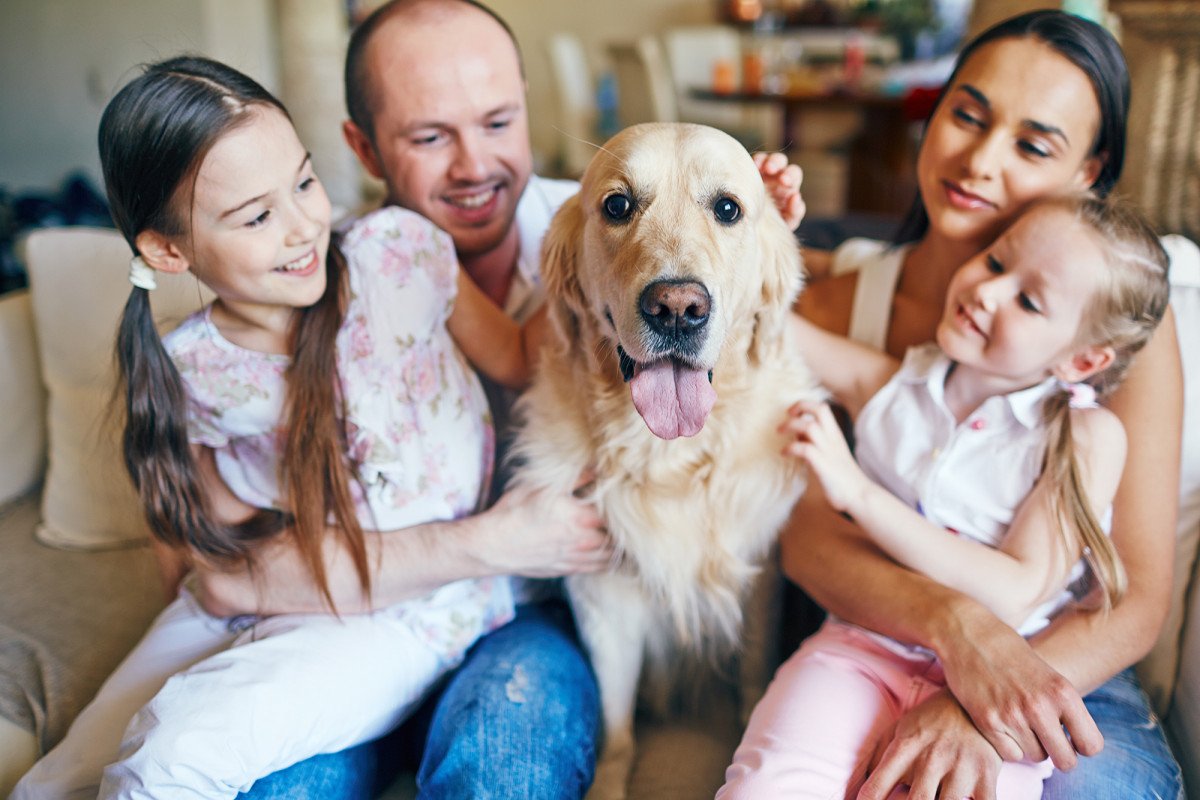What is Canine Parvovirus:
Canine parvovirus scientific name is Canine Parvovirus Type 2 (CPV-2). It primarily affects puppies ,unvaccinated dogs and stray dog, leading to a canine parvovirus infection. The virus spreads through contact with infected feces or surfaces, making places like dog parks and kennels potential hotspots for transmission.It is worth noting that canine parvovirus has an incubation period, and some dogs do not have any symptoms after infection, but when the dog shows symptoms, the infection may have been very serious. As responsible dog owners, we must be aware of this risk and take necessary precautions to protect our pets from this highly contagious parvovirus canino.

Parvovirus Canine symptoms:
Recognizing the symptoms of canine parvovirus, such as canine parvovirus symptoms, is crucial for early intervention.
- Severe diarrhea: This is often bloody and has a distinct foul odor.
- Vomiting: Dogs affected by parvovirus may vomit frequently, leading to dehydration.
- Loss of appetite: Dogs may refuse to eat or have a decreased interest in food.
- Lethargy: A lack of energy and general weakness is common.
- Fever: Dogs with canine parvovirus often have a high body temperature.
- Dehydration: Due to vomiting and diarrhea, dogs become dehydrated, which can lead to further complications.
- Weight loss: Rapid weight loss may occur, especially in younger puppies.
- Abdominal pain: Dogs may exhibit discomfort or sensitivity in the abdominal area.
- Rapid heartbeat: Increased heart rate or abnormal heart rhythms can be observed.
- Weak immune system: Parvovirus can weaken the immune system, making dogs more susceptible to other infections.

It's stressed once more that canine parvovirus takes some time to show symptoms, and each dog may experience different signs. Some dogs may not show any symptoms right after catching the virus, and when they finally do, it means they're already in the advanced stage of the disease. On the flip side, some dogs may have more severe symptoms right from the beginning. Regardless of whether your dog is showing signs or not, getting them treated promptly in the early stages can really boost their chances of a successful recovery.
Parvovirus Canine Treatment Options:
Treating a canine parvovirus infection requires prompt and intensive care. Sadly, there is no specific cure for canine parvovirus itself.The treatment for canine parvovirus may include the following:
- Fluid therapy: Intravenous or subcutaneous fluids are administered to correct dehydration, replace electrolytes, and maintain hydration.
- Medications: Anti-nausea medications are given to control vomiting and promote food intake. Antibiotics may also be prescribed to prevent secondary bacterial infections.
- Nutrition: Nutritional support is crucial for dogs with parvovirus, especially if they have a reduced appetite or are unable to eat. Intravenous or tube feeding may be necessary in severe cases.
- Temperature regulation: As the virus affects body temperature regulation, measures may be taken to maintain normal body temperature, such as using heating pads or blankets.
- Isolation: Infected dogs need to be isolated to prevent the spread of the virus to other dogs.
- Hospitalization: In severe cases or those with complications, hospitalization for intensive care may be required.
- Ensure recovery: The recovery time of canine parvovirus is highly uncertain, and we cannot directly observe whether the dog is completely cured, so the most sensible approach is to use the pet diagnostic test at home to detect whether the dog has the virus.
Prevention is always better than cure, and prevention through vaccination is the best way to protect dogs from canine parvovirus infection. It should be emphasized that canine parvovirus is a highly contagious virus. Vaccination can reduce the probability of virus infection, but it cannot eliminate the possibility of infection. Therefore, we need to use Parvovirus Antigen Test at home to check regularly,To ensure the health of the dog to the greatest extent.
Prevention and Vaccination:
To prevent canine parvovirus, there are several important steps you can take:
- Avoid exposure to infected dogs: Limit your dog's contact with dogs of unknown vaccination status or those suspected of having parvovirus. Avoid dog parks, kennels, and other areas where infected dogs may have been present.
- Practice good hygiene: Proper waste disposal is crucial to prevent the spread of the virus. Pick up your dog's feces promptly and dispose of them properly. Avoid allowing dogs to come into contact with or consume feces from other animals. Wash your hands thoroughly with soap and water after handling any dogs, especially if you suspect they may be infected.
- Disinfect contaminated areas: Parvovirus can survive in the environment for an extended period, so it's essential to disinfect areas that may have come into contact with infected dogs. Use a bleach solution (one part bleach to 30 parts water) or other effective disinfectants recommended by your veterinarian. Clean and disinfect food bowls, bedding, kennels, and any surfaces that may have been contaminated.
- Quarantine sick dogs: If you suspect your dog has parvovirus or if your dog has been diagnosed with parvovirus, keep them isolated from other dogs to prevent further transmission.
- Avoid breeding or adopting from unknown sources: Be cautious when getting a new dog and ensure that the breeder or shelter takes appropriate measures to prevent parvovirus transmission.

- Vaccination: Vaccinate your dog against parvovirus. Puppies should receive a series of vaccinations, starting around six to eight weeks of age, with boosters given every three to four weeks until they are about 16 weeks old. Adult dogs should also receive regular booster shots to maintain protection. Consult your veterinarian for the appropriate vaccination schedule for your dog.
- Regular inspection at home: Because canine Parvovirus has an incubation period, dogs may have canine Parvovirus even without any symptoms, so we need to use pet diagnostic test at home regularly to monitor your dog’s health and ensure that there is no Canine Parvovirus virus is present.
- Isolate the new dog: If you bring a new dog into your home, please separate it from the existing dogs, because you don’t know whether the environment where it lived before has canine Parvovirus virus, so the safest way is to isolate it temporarily Get up and use the Parvovirus Antigen Test at home to confirm that Parvovirus is not present in your new dog.

By following these preventive measures, you can help reduce the risk of canine parvovirus infection and contribute to the overall control of the disease in the canine population.
Conclusion:
As a dog owner facing the challenges of canine parvovirus, I cannot stress enough the importance of recognizing and preventing canine parvovirus. Prevention is always better than cure, please don't pay attention to it after infection, it is irresponsible.
We should keep a pet diagnostic test at home, and check up on dogs at home regularly, especially for new dogs and adopted stray dogs. If unfortunately infected with canine parvovirus, we can use the Parvovirus Antigen Test to confirm whether the dog is completely cured. Together we can create a safer environment for our beloved companions and reduce the spread of canine parvovirus.




